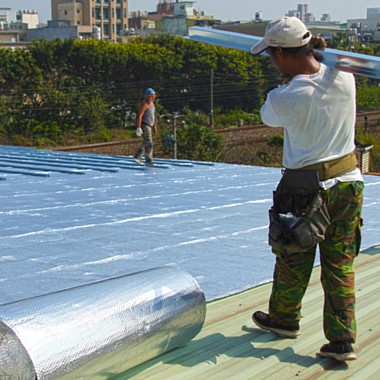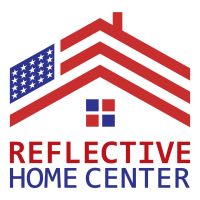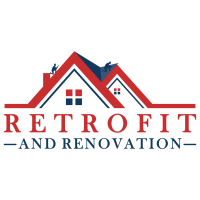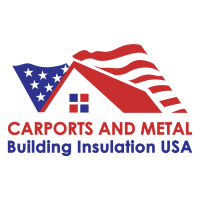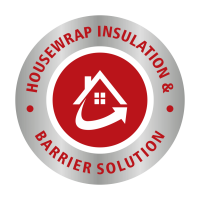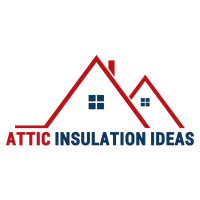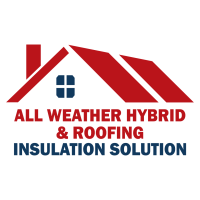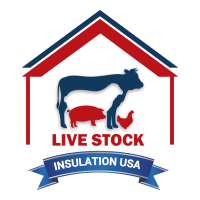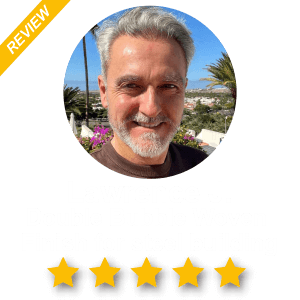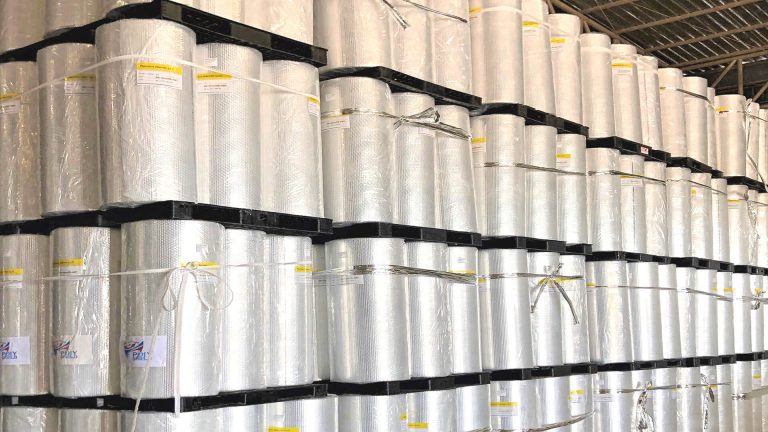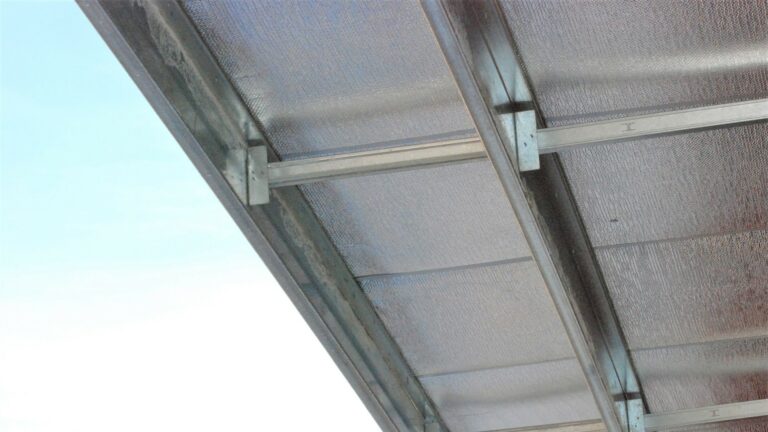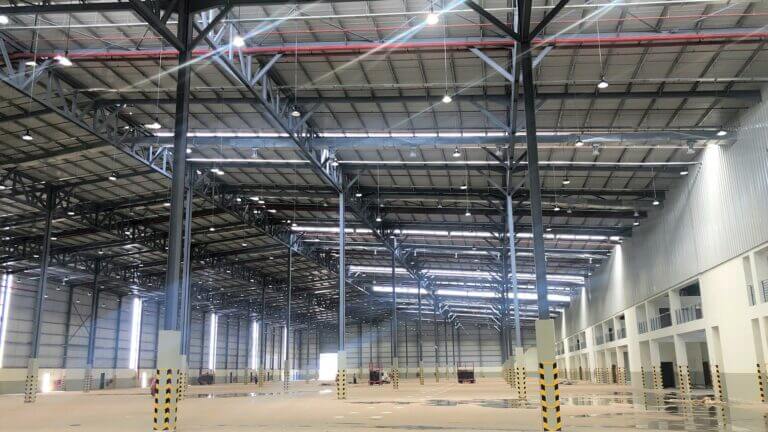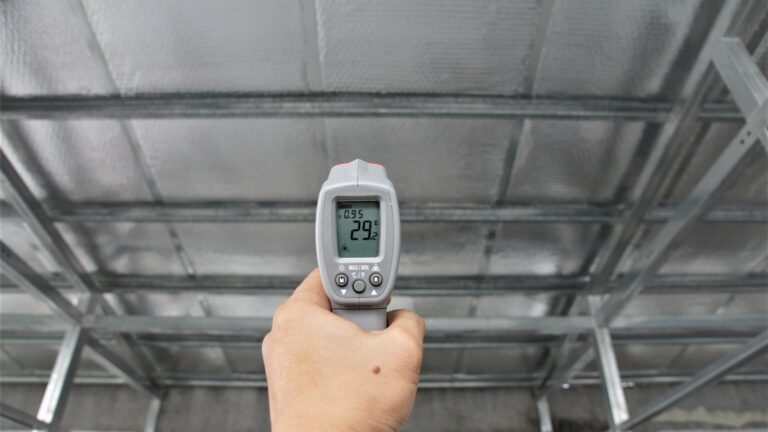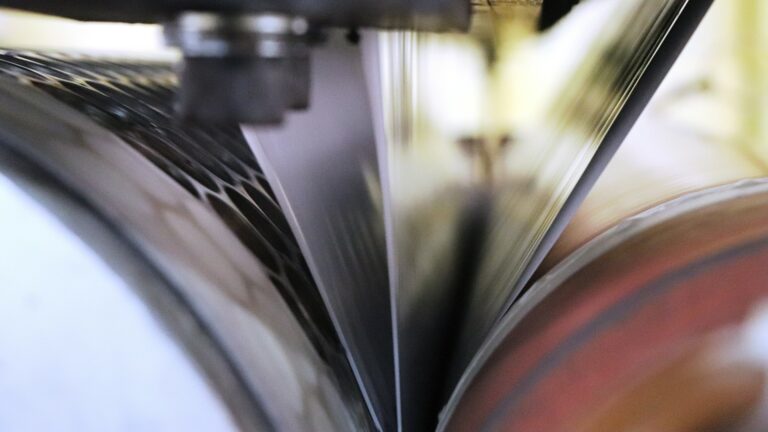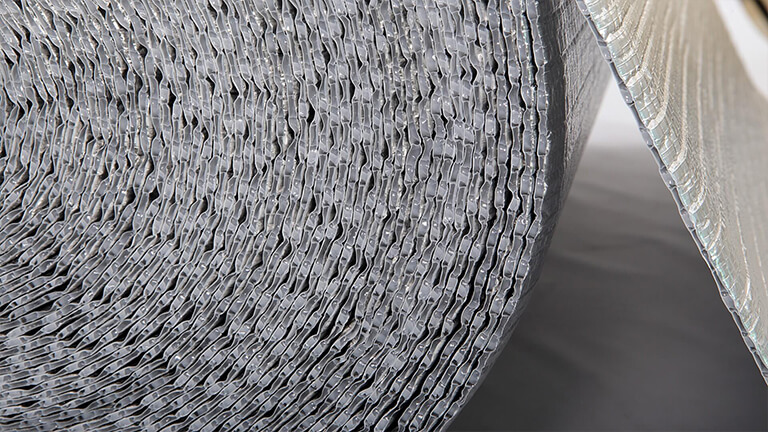Whatever your energy efficiency challenge may be, we have an economical solution
ONE STOP INSULATION SOLUTION
CUSTOMERS TESTIMONIAL:
Make every part
of your business
more energy efficient
Your business is part of the “business ecosystem.” And as it expands, Radiant Barrier USA will work to increase your overall energy efficiency and save you money.
In any region where you operate, Radiant Barrier will tailor an insulation solution to your business. Our products protect against heat and cold, and give you the confidence to know you are doing your share to save our planet while maximizing your own energy efficiency for your business.
How to Protect
Your Facility
with Insulation
Insulation was made to make facilities energy efficient, but undeniably its real importance is the protection of the people inside (including animals when we’re talking agricultural). Warm or cold temperatures not only affect the facility: they will impact plant and facility workers, too. The proper use of Radiant Barrier USA insulation provides an easy and efficient way to save energy and money while creating a consistent, safer living and work environment.
Radiant barriers are installed in homes — usually in attics — to reduce heat gain in the summer and prevent heat loss in the winter. The barriers consist of a highly reflective material that reflects radiant heat rather than absorbing it.
How They Work
Heat travels from a warm area to a cool area by a combination of conduction, convection, and radiation. Heat flows by conduction from a hotter location within a material or assembly to a colder location, like the way a spoon placed in a hot cup of coffee conducts heat through its handle to your hand. Heat transfer by convection occurs when a liquid or gas — air, for example — is heated, becomes less dense, and rises. As the liquid or gas cools, it becomes denser and falls. Radiant heat travels in a straight line away from any surface and heats anything solid that absorbs its energy.
Most common insulation materials work by slowing conductive heat flow and — to a lesser extent — convective heat flow. Radiant barriers and reflective insulation systems work by reducing radiant heat gain.
When the sun heats a roof, it’s primarily the sun’s radiant energy that makes the roof hot. Much of this heat travels by conduction through the roofing materials to the attic side of the roof. The hot roof material then radiates its gained heat energy onto the fiberglass insulation on the attic flooring. The fiberglass batting on the attic flooring absorbs the radiant heat and emits the heat back into the attic space and into the living space below. A radiant barrier reduces the radiant heat transfer from the underside of the roof to the other surfaces in the attic, keeping the attic insulation and attic space as much as 30 degrees cooler.
Basically, the greater the temperature difference between the sides of the radiant barrier material, the greater the benefits a radiant barrier can offer.
Radiant barriers are most effective during the summer season due to the more extreme temperatures. Radiant Barrier can also improve your facility’s thermal performance by slowing heat transfer during winter months. The reduced heat gain and loss may even allow for a smaller air conditioning system.
Types of Radiant Barriers
Radiant barriers consist of a highly reflective material, usually aluminum foil, which is applied to one or both sides of a number of substrate materials such as kraft paper, plastic films, cardboard, oriented strand board, and air infiltration barrier material. Some products are fiber-reinforced to increase durability and ease of handling.
Radiant barriers can be combined with many types of insulation materials in reflective insulation systems. In these combinations, radiant barriers can act as the thermal insulation’s facing material.
